NASA’s Jet Propulsion Laboratory <jplnewsroom@jpl.nasa.gov>
NASA’s Jet Propulsion Laboratory Jan 3, 2024
TECHNOLOGY
NASA’s Tech Demo Streams First Video From Deep Space via Laser
The video, featuring a cat named Taters, was sent back from nearly 19 million miles away by NASA’s laser communications demonstration, marking a historic milestone. Read More
MARS
NASA’s Curiosity Rover Captures a Martian Day, From Dawn to Dusk
Videos from the rover show its shadow moving across the Martian surface during a 12-hour sequence while Curiosity remained parked. Read More
SOLAR SYSTEM
NASA’s Juno to Get Close Look at Jupiter’s Volcanic Moon Io on Dec. 30
The orbiter has performed 56 flybys of Jupiter and documented close encounters with three of the gas giant’s four largest moons. Read More
TECHNOLOGY
NASA’s Deep Space Network Turns 60 and Prepares for the Future
The agency’s DSN provides critical communications and navigation services to dozens of space missions, and it’s being modernized to support dozens more. Read More
STARS AND GALAXIES
Meet the Infrared Telescopes That Paved the Way for NASA’s Webb
The Webb telescope has opened a new window onto the universe, but it builds on missions going back 40 years, including Spitzer and the Infrared Astronomical Satellite. Read More
What’s Up – Jan 2024 Watch Now
The year kicks off with the Quadrantid meteors, and some great Moon-planet pairings. Plus, did you know the stars shift in the sky by four minutes each day?
What’s Up: January 2024 Skywatching Tips from NASA
NASA Jet Propulsion Laboratory
1.18M subscribers
25,898 views Jan 2, 2024
What are some skywatching highlights in January 2024? The year kicks off with the Quadrantid meteors, and some great Moon-planet pairings. Plus, did you know the stars shift in the sky by four minutes each day? 0:00 Intro 0:15 Quadrantid meteor shower 0:54 Moon & planet highlights 2:12 4-minute-per-day rule 3:46 January Moon phases Additional information about topics covered in this episode of What’s Up, along with still images from the video, and the video transcript, are available at https://science.nasa.gov/skywatching/…. — Additional Resources — Find events & clubs: NASA’s Night Sky Network: https://science.nasa.gov/skywatching/… Skywatching resources from NASA: https://science.nasa.gov/skywatching Make your own Moon phases calendar and calculator with this activity: https://go.nasa.gov/3MI65iL
Chapters View all
Intro 0:00
Quadrantid meteor shower 0:15
Moon & planet highlight 0:54
4-minute-per-day rule 2:12
January Moon phases 3:46
Featured placesSee more information in Google Maps
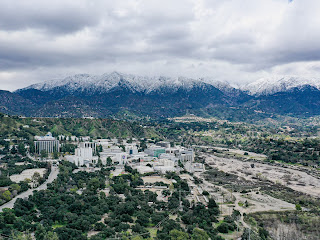
Jet Propulsion Laboratory
Research institute
Transcript
Follow along using the transcript.
Show transcript
Transcript
Intro
0:00
[Energetic music]
0:02
[Preston Dyches] What’s Up for January?
0:04
Some moderate meteor activity,
0:07
several great pair-ups of the Moon and planets,
0:10
and how just four minutes a day
0:11
can make a big difference in your view of the universe.
Quadrantid meteor shower
0:15
The year kicks off with the Quadrantid
0:17
meteor shower, which peaks after midnight on January 4th.
0:22
Light from the third-quarter moon will brighten
0:24
the sky on the peak night, causing fainter
0:26
meteors to be lost from view.
0:29
But the shower does produce a decent number of bright
0:31
meteors called fireballs, so it can still be worth your time.
0:35
If viewing from a dark sky location,
0:37
you may see 20-25 meteors per hour at the peak.
0:41
You can catch a few meteors in the few days before or after,
0:44
as well.
0:45
In fact, the shower is active through around January 12th,
0:48
so you might catch a fireball in the week after the peak
0:51
when the Moon has moved out of the predawn sky.
Moon & planet highlights
0:55
On January 8th,
0:56
in the hour before sunrise, look for brilliant Venus
0:59
rising with a slim crescent Moon in the southeast.
1:03
Bright star Arcturus hangs high above them.
1:06
The Moon will appear quite close to the red giant star
1:10
Antares, the fiery red heart of Scorpius, that morning.
1:14
And for observers in parts of the Western U.S.,
1:16
the Moon will actually occult, or pass in front of, Antares
1:20
as the pair are rising that morning.
1:22
And if you have a view of the horizon,
1:24
this is also good morning
1:25
to spot Mercury before the sky brightens.
1:29
It’s quite low, but rises
1:30
above 10 degrees off the horizon as dawn warms the sky,
1:33
and it will be shining even brighter than Arcturus.
1:36
Next up, the crescent moon visits Saturn on the 13th
1:39
and 14th.
1:40
You’ll find the pair in the southwest
1:42
for a couple of hours following sunset both nights.
1:46
Then the Moon pairs up with Jupiter
1:48
in the evening on the 17th and 18th.
1:50
This is actually a great week to pull out the telescope
1:53
or binoculars,
1:54
because as soon as it’s fully
1:55
dark, you can work your way across the sky,
1:58
starting with Jupiter and its moons, our own Moon,
2:01
the Pleiades, Aldebaran and the Hyades
2:04
star cluster, and the Orion Nebula.
4-minute-per-day rule
2:14
One of the things that makes skywatching
2:15
so interesting is that the sky is always changing.
2:19
The stars rise in the east and set in the west each night.
2:23
The Moon gradually waxes
2:24
and wanes as it goes through its monthly cycle.
2:27
And likely you’ve also noticed that which stars you can see
2:31
on a given night changes slowly
2:33
over the course of the year.
2:35
The bright stars and constellations
2:36
we see on warm summer nights are not
2:39
the ones that fill the chilly sky in winter.
2:41
This is because the stars rise 4 minutes
2:44
earlier each day, and it adds up over time.
2:48
In just 1 week, a given star will rise
2:50
28 minutes earlier than it does tonight.
2:53
And in 1 month, the same star will be rising
2:56
about 2 hours earlier.
2:58
So at 4 minutes per day, or 2 hours per month,
3:01
after 6 months, the stars of summer are rising
3:04
a full 12 hours earlier than they did back in June,
3:07
placing them high in the daytime sky.
3:10
But in their place, the evening sky belongs
3:13
to the stars of winter.
3:15
This slow-motion cycle in the sky plays out annually
3:19
as Earth moves in its orbit around the Sun.
3:22
Our view outward into space during the night
3:24
depends on where Earth is in its orbit.
3:27
At one part of the year,
3:28
our view of space from Earth’s night side
3:30
looks in one direction, and six months later
3:33
the view is in the opposite direction.
3:35
And so our nighttime view of the cosmos changes
3:38
over the course of the year,
3:39
because the stars aren’t moving, we are!
3:41
And that change happens at a pace of 4 minutes per day.
January Moon phases
3:47
Here are the phases of
3:48
the Moon for January.
3:52
Stay up to date on NASA’s missions
3:54
exploring the solar system and beyond at science.nasa.gov.
3:59
I’m Preston Dyches from NASA’s Jet Propulsion Laboratory,
4:01
and that’s What’s Up for this month.
English (United States)
AllFrom NASA Jet Propulsion LaboratoryWatched
What are some skywatching highlights in January 2024?
The year kicks off with the Quadrantid meteors, and some great Moon-planet pairings. Plus, did you know the stars shift in the sky by four minutes each day?
Transcript
What’s Up for January? Some moderate meteor activity, several great pair-ups of the Moon and planets, and how just four minutes a day can make a big difference in your view of the universe…
The year kicks off with the Quadrantid meteor shower, which peaks after midnight on January 4th. Light from the third-quarter moon will brighten the sky on the peak night, causing fainter meteors to be lost from view. But the shower does produce a decent number of bright meteors called fireballs, so it can still be worth your time. If viewing from a dark sky location, you may see 20-25 meteors per hour at the peak. You can catch a few meteors in the days before or after, as well. In fact, the shower is active through around January 12th, so you might catch a fireball in the week after the peak when the Moon has moved out of the predawn sky.
On January 8th, in the hour before sunrise, look for brilliant Venus rising with a slim crescent Moon in the southeast. Bright star Arcturus hangs high above them. The Moon will appear quite close to the red giant star Antares, the fiery red heart of Scorpius, that morning. And for observers in parts of the Western U.S., the Moon will actually occult, or pass in front of, Antares as the pair are rising that morning. And if you have a view of the horizon, this is also good morning to spot Mercury before the sky brightens. It’s quite low, but rises above 10 degrees off the horizon as dawn warms the sky, and it will be shining even brighter than Arcturus.
Next up, the crescent moon visits Saturn on the 13th and 14th. You’ll find the pair in the southwest for a couple of hours following sunset both nights. Then the Moon pairs up with Jupiter in the evening on the 17th and 18th. This is actually a great week to pull out the telescope or binoculars, because as soon as it’s fully dark, you can work your way across the sky, starting with Jupiter and its moons, our own Moon, the Pleiades, Aldebaran and the Hyades star cluster, and the Orion Nebula.
One of the things that makes skywatching so interesting is that the sky is always changing. The stars rise in the east and set in the west each night. The Moon gradually waxes and wanes as it goes through its monthly cycle. And likely you’ve also noticed that which stars you can see on a given night changes slowly over the course of the year. The bright stars and constellations we see on warm summer nights are not the ones that fill the chilly sky in winter.
This is because the stars rise 4 minutes earlier each day, and it adds up over time. In just 1 week, a given star will rise 28 minutes earlier than it does tonight. And in 1 month, the same star will be rising about 2 hours earlier. So at 4 minutes per day, or 2 hours per month, after 6 months, the stars of summer are rising a full 12 hours earlier than they did back in June, placing them high in the daytime sky. But in their place, the evening sky belongs to the stars of winter.
This slow-motion cycle in the sky plays out annually as Earth moves in its orbit around the Sun. Our view outward into space during the night depends on where Earth is in its orbit. At one part of the year, our view of space from Earth’s night side looks in one direction, and six months later the view is in the opposite direction. And so our nighttime view of the cosmos changes over the course of the year, because the stars aren’t moving, we are! And that change happens at a pace of 4 minutes per day.
Here are the phases of the Moon for January. Stay up to date on NASA’s missions exploring the solar system and beyond at science.nasa.gov. I’m Preston Dyches from NASA’s Jet Propulsion Laboratory, and that’s What’s Up for this month.
NASA Jet Propulsion Laboratory
CLIMATE CHANGE
As the Arctic Warms, Its Waters Are Emitting Carbon
Runoff from one of North America’s largest rivers is driving intense carbon dioxide emissions in the Arctic Ocean. Read More
SOLAR SYSTEM
NASA Study Finds Life-Sparking Energy Source and Molecule at Enceladus
A study zooms in on data that NASA’s Cassini gathered at Saturn’s icy moon and finds evidence of a key ingredient for life and a supercharged source of energy to fuel it. Read More
ASTEROIDS AND COMETS
NASA’s NEOWISE Celebrates 10 Years, Plans End of Mission
The asteroid and comet-hunting infrared space telescope has gathered an impressive haul of observations, but it’s now at the mercy of the Sun, which is accelerating its demise. Read More
Martian Lake, NASA’s Perseverance Rover, EMIT, Ecosystems, NASA’s Cassini spacecraft,
MARS
NASA’s Perseverance Rover Deciphers Ancient History of Martian Lake
Now at 1,000 days on Mars, the mission has traversed an ancient river and lake system, collecting valuable samples along the way. Read More
20 Years of Rovers on Mars
On Jan. 25, come celebrate the 20th Anniversary of the landing of Spirit and Opportunity, the Mars Exploration Rovers, as we delve into the stories of these incredible robots.
CLIMATE CHANGE
NASA Sensor Produces First Global Maps of Surface Minerals in Arid Regions
EMIT delivers first-of-a-kind maps of minerals in Earth’s dust-source areas, enabling scientists to model the fine particles’ role in climate change and more. Read More
JPL LIFE
Students Create Elaborate Homemade Machines for JPL Competition
To compete in a race against the clock and each other, 18 student teams built complicated contraptions for the annual Invention Challenge at NASA’s Jet Propulsion Laboratory. Read More
EARTH
NASA Helps Study One of the World’s Most Diverse Ecosystems
NASA satellite and airborne tools aid an international team studying biodiversity on land and in the water around South Africa. Read More
SOLAR SYSTEM
NASA’s Psyche Delivers First Images and Other Data
The mission team has celebrated several successes since its launch from Kennedy Space Center on Oct. 13. The latest is the operation of the spacecraft’s cameras. Read More
This image from NASA’s Cassini spacecraft, one of those acquired in the survey conducted by the Cassini imaging science team of the geyser basin at the south pole of Enceladus, was taken as Cassini was looking across the moon’s south pole.
Credit: NASA/JPL-Caltech/Space Science Institute
QUIZ
Space Trivia
Which molecule, considered a key ingredient for life, was recently discovered at Saturn’s moon Enceladus?
A) Hydrogen cyanide
B) Potassium cyanide
C) Nitric acid
D) Cyanic acid
CLIMATE CHANGE
NASA Sensor Produces First Global Maps of Surface Minerals in Arid Regions
Dec. 11, 2023
NASA’s EMIT produced its first global maps of hematite, goethite, and kaolinite in Earth’s dry regions using data from the year ending November 2023. The mission collected billions of measurements of the three minerals and seven others that may affect climate when lofted into the air as dust storms.
Credit: NASA/JPL-Caltech
EMIT delivers first-of-a-kind maps of minerals in Earth’s dust-source areas, enabling scientists to model the fine particles’ role in climate change and more.
NASA’s EMIT mission has created the first comprehensive maps of the world’s mineral dust-source regions, providing precise locations of 10 key minerals based on how they reflect and absorb light. When winds loft these substances into the air, they either cool or warm the atmosphere and Earth’s surface, depending on their composition. Understanding their abundance around the globe will help researchers predict future climate impacts.
Launched to the International Space Station in 2022, EMIT – short for Earth Surface Mineral Dust Source Investigation – is an imaging spectrometer developed by NASA’s Jet Propulsion Laboratory in Southern California. The mission fills a crucial need among climate scientists for more detailed information on surface mineral composition.
Surveying Earth’s surface from about 250 miles (410 kilometers) above, EMIT scans broad areas that would be impossible for a geologist on the ground or instruments carried by aircraft to survey, yet it does this while achieving effectively the same level of detail.
To date, the mission has captured more than 55,000 “scenes” – 50-by-50-mile (80-by-80-kilometer) images of the surface – in its study area, which includes arid regions within a 6,900-mile-wide (11,000-kilometer-wide) belt around Earth’s mid-section. Taken together, the scenes comprise billions of measurements – more than enough to create detailed maps of surface composition.
EMIT, a NASA mission launched to the International Space Station in 2022, mapped hematite, goethite, and kaolinite in North Africa and the Arabian Peninsula. The three minerals are among 10 key substances the mission studied that are thought to influence climate change. Credit: NASA/JPL-Caltech Full Image Details
The mission has also demonstrated a range of additional capabilities in its 17 months in orbit, including detecting plumes of methane and carbon dioxide being emitted by landfills, oil facilities, and other infrastructure.
“Wherever we need chemistry to understand something on the surface, we can do that with imaging spectroscopy,” said Roger Clark, an EMIT science team member and senior scientist at the Planetary Science Institute in Tucson, Arizona. “Now, with EMIT, we’re going to see the big picture, and that’s certainly going to open some eyes.”
Dust and Climate
Scientists have long known that airborne mineral dust affects the climate. They know that darker, iron oxide-rich substances absorb the Sun’s energy and warm the surrounding air, while non-iron-based, brighter substances reflect light and heat, cooling the air. Whether those effects have a net warming or cooling impact, however, has remained uncertain.
Researchers have an idea of how dust travels through the atmosphere, but the missing piece has been the composition – the color, essentially – of the surface in the places dust typically originates, which until now was derived from fewer than 5,000 sample sites around the world. Based on billions of samples, EMIT’s maps offer much more detail.
Get the Latest JPL News
“We’ll take the new maps and put them into our climate models,” said Natalie Mahowald, EMIT’s deputy principal investigator and an Earth system scientist at Cornell University in Ithaca, New York. “And from that, we’ll know what fraction of aerosols are absorbing heat versus reflecting to a much greater extent than we have known in the past.”
Dust and Ecosystems
Beyond harnessing EMIT’s mineral data to improve Earth climate modeling, scientists can use the information to study dust’s impact on the ecosystems where it lands. There’s strong evidence that particles settling in the ocean can spur phytoplankton blooms, which can have implications for aquatic ecosystems and the planet’s carbon cycle. Scientists also have shown that dust originating in the Andes of South America, as well as in parts of northern and sub-Saharan Africa, provides nutrients for rainforest growth in the Amazon basin.
EMIT data can enable researchers to pinpoint the sources of mineral dust and get a more detailed look at its composition, helping estimate the travel of key elements such as phosphorus, calcium, and potassium, which are thought to factor into this long-distance fertilization.
“EMIT could help us to build more intricate and finely resolved dust-transport models to track the movement of those nutrients across long distances,” said Eric Slessarev, a soil researcher at Yale University in New Haven, Connecticut. “That will help us to better understand the chemistry of soils in places very far from the dust-generating regions.”
A New Generation of Science
Aside from tracking 10 key minerals that are part of its primary mission, EMIT data is being used to identify a range of other minerals, types of vegetation, snow and ice, and even human-produced substances at or near Earth’s surface. And with vastly more measurements at their disposal, researchers will be able to find statistical relationships between surface characteristics and other features of interest.
For example, they might spot signals in EMIT data that correspond with the presence of rare-earth elements and lithium-bearing minerals, said Robert Green, a senior research scientist at JPL and EMIT’s principal investigator. This new information could be used to look for those substances in previously unknown places.
“To this point we simply haven’t known the distribution of surface minerals over huge swaths of the planet,” said Phil Brodrick, a JPL data scientist who spearheaded the creation of the mineral maps. With the EMIT data, “there will likely be a new generation of science that comes out that we don’t know about yet, and that’s a really cool thing.”
More About the Mission
EMIT was selected from the Earth Venture Instrument-4 solicitation under the Earth Science Division of NASA’s Science Mission Directorate and was developed at NASA’s Jet Propulsion Laboratory, which is managed for the agency by Caltech in Pasadena, California. The instrument’s data is available at the NASA Land Processes Distributed Active Archive Center for use by other researchers and the public.
To learn more about the mission, visit:
https://earth.jpl.nasa.gov/emit/
See a visualization of EMIT in space
News Media Contact
Andrew Wang / Jane J. Lee
Jet Propulsion Laboratory, Pasadena, Calif.
626-379-6874 / 818-354-0307
andrew.wang@jpl.nasa.gov / jane.j.lee@jpl.nasa.gov
2023-180
This message was sent to ingpeaceproject@gmail.com from jplnewsroom@jpl.nasa.gov
NASA’s Jet Propulsion Laboratory
NASAJPL
4800 Oak Grove Dr
Pasadena, CA 91109

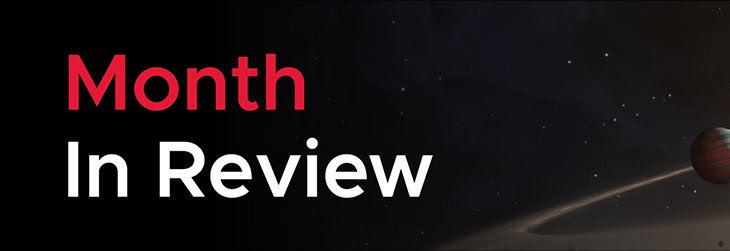

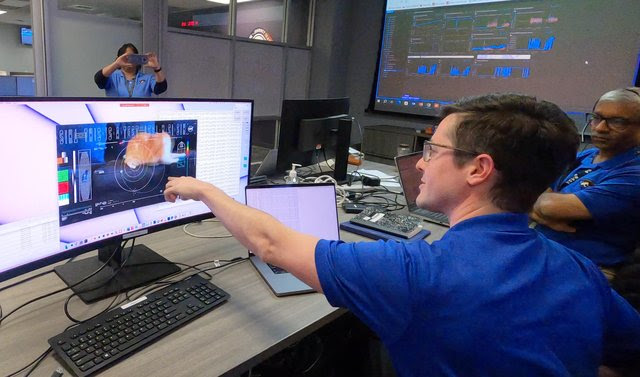
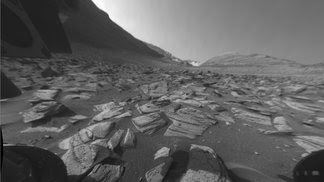
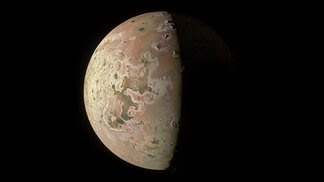
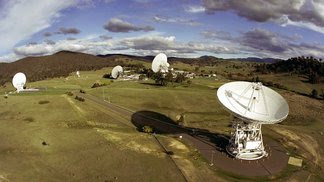
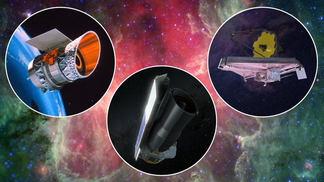
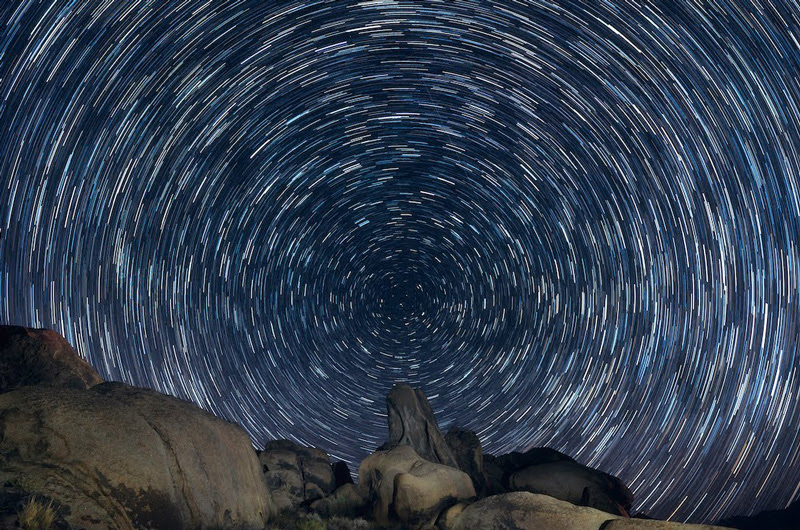
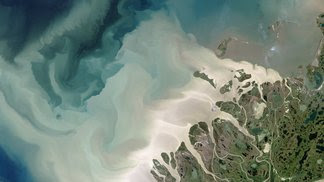
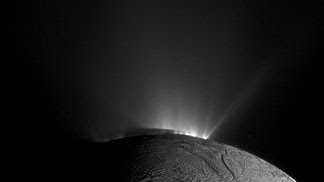
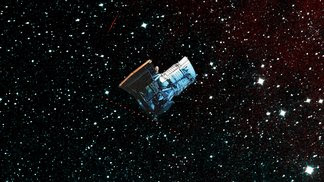
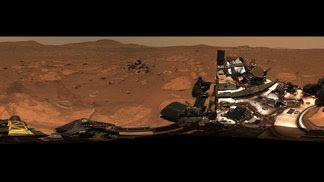


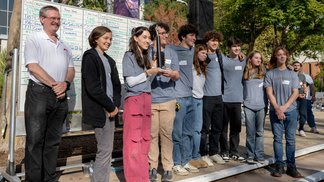


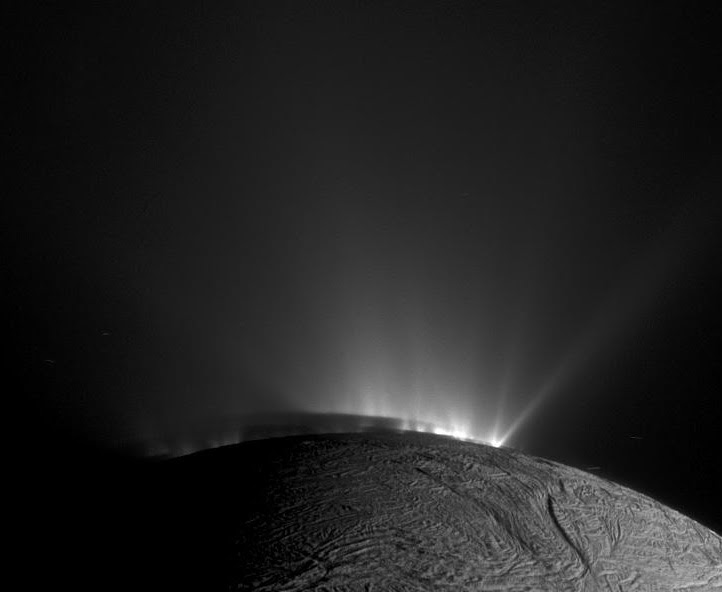
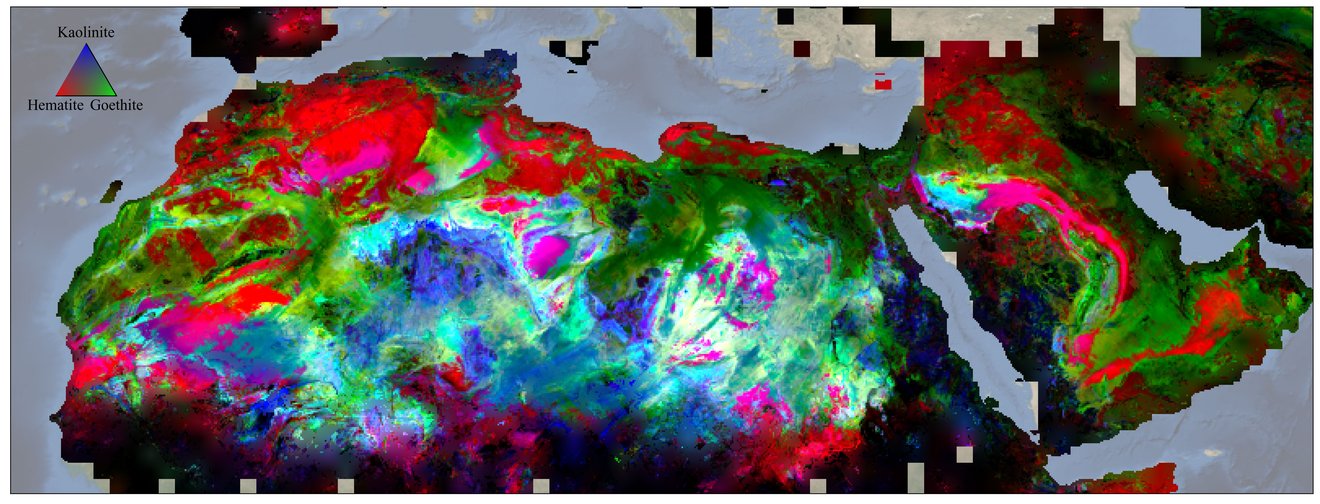
Leave a Reply